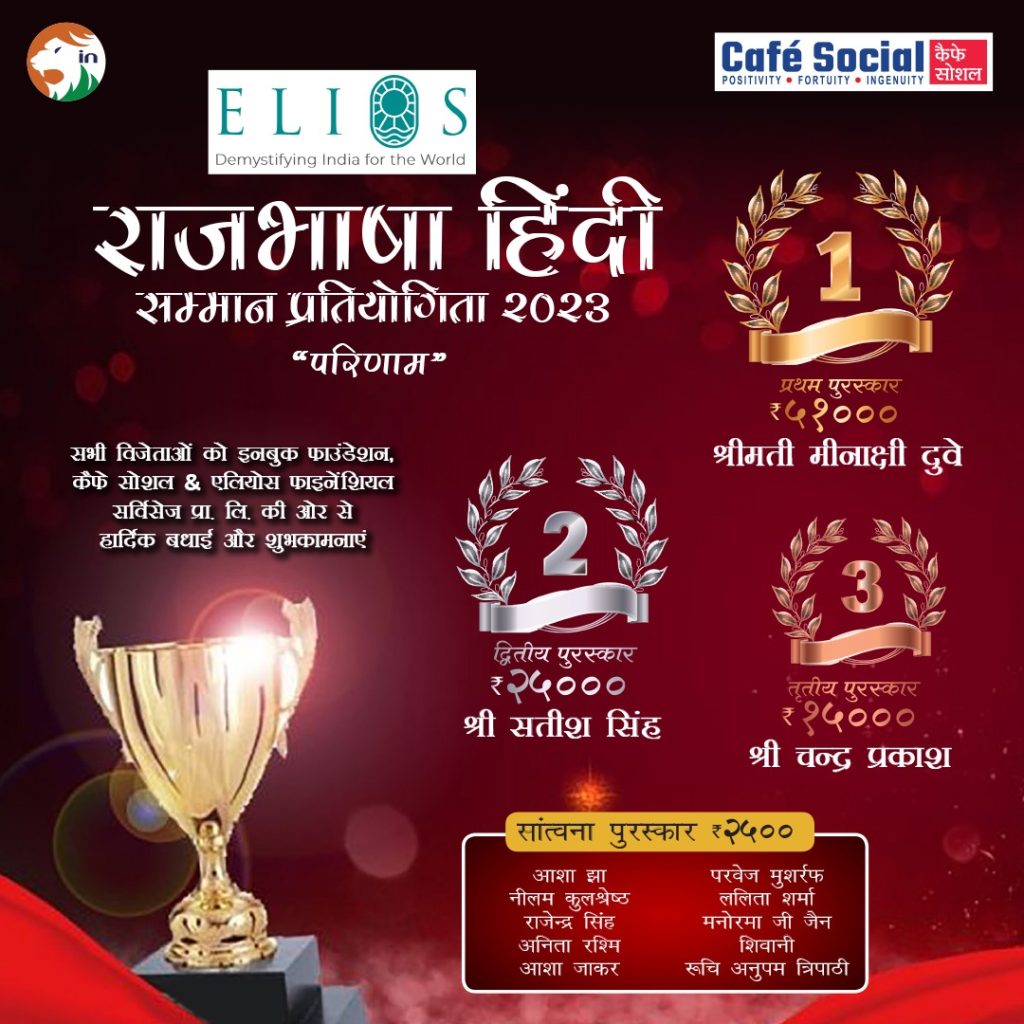ADITYA – L1 SHOWCASING INDIA’S SPACE PROWESS
By. S.N. Poojitha
Aditya-L1 is a satellite developed by ISRO (Indian Space Research Organisation) to comprehensively study the Sun and has 7 distinct indigenously developed payloads. The specialty of Aditya-L1 is that it was planned to reach Lagrange Point 1 of the Sun-Earth system. In simple words, L1 is a location in space where the gravitational forces of two celestial bodies, such as the Sun and Earth, are in equilibrium. This allows Aditya-L1 to remain relatively stable for both celestial bodies and make observations. The mission was led by the Project Director Nigar Shaji and has been estimated to cost Rs378 crores, excluding launch costs.
Aditya-L1 was launched on September 2, 2023,and after 16 days and undergoing 5 manoeuvres to gain the necessary velocity for its journey. Subsequently, Aditya-L1 underwent a Trans-Lagrangian1 insertion manoeuvre, and after 127 days of launch, it reached the L1 Lagrange point. The satellite will now spend its whole mission life orbiting around L1 in an irregularly shaped orbit in a plane roughly perpendicular to the line joining the Earth and the Sun. It would be located around 1.5 million kilometres away from Earth.
The mission is equipped with advanced instruments designed to capture and analyse various aspects of the Sun. The Visible Emission Line Coronagraph (VELC) enables observations of the solar corona in visible and near-ultraviolet wavelengths. Complementing this, the Solar Ultraviolet Imaging Telescope (SUIT) provides high-resolution images of the Sun’s outer layers. The Aditya Solar Wind Particle Experiment (ASPEX) further enhances the mission’s capabilities by studying the solar wind and its composition. One of the mission’s key contributions lies in its potential to advance space weather prediction. Solar activities, such as flares and mass ejections, can significantly impact satellite communications, navigation systems, and power grids on Earth. By closely monitoring the Sun’s behaviour, Aditya-L1 mission aids in developing more accurate forecasts, thereby helping to mitigate the potential adverse effects of space weather events.
To conclude, the Aditya-L1 mission stands as a testament to India’s commitment to space exploration and scientific discovery. By focusing on the Sun, this mission not only promises to unveil the mysteries of our celestial neighbour but also contributes to our ability to predict and mitigate potential space weather impacts on Earth. As the Aditya-L1 mission progresses, it not only advances our scientific understanding but also inspires future generations to reach for the stars in their pursuit of knowledge.







